Is Your Food Causing Your Acne? A Real-Talk Guide to Figuring It Out
I’ve spent my entire career in a treatment room, talking to hundreds of people who are just completely fed up with their skin. They’ve tried every miracle cream, expensive serum, and harsh cleanser out there, and they’re still breaking out. Sooner or later, the conversation always lands on one question: could it be something I’m eating?
In this article
For a long time, the official line was that diet and acne weren’t connected. But honestly, from what I’ve seen with my own eyes and what the science is now showing, that’s just not the full story. For a lot of us, food can be a major trigger.
Let’s be clear: this isn’t about shaming food or creating a list of ‘bad’ things you can never eat again. It’s about becoming a detective for your own body. My goal here is to give you the exact same knowledge I share with my clients, so you can figure out what works for YOU. We’ll get into the why, the what, and the how-to, so you can finally get some real answers. It takes a little patience, but trust me, the results can be a game-changer.
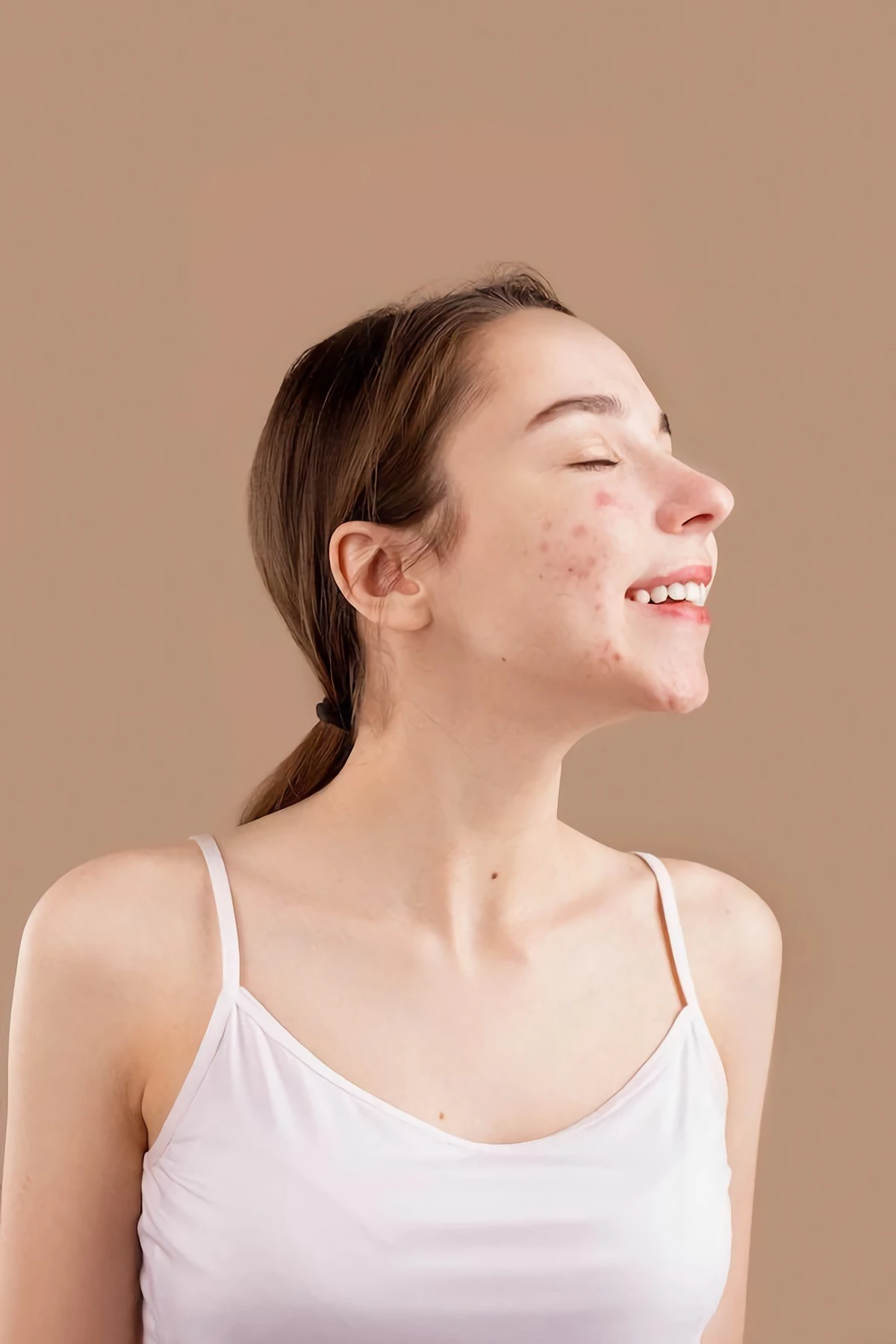
The Real Deal: How Food Can Mess With Your Skin
To really get a handle on this, we need to look past the surface of the skin. A pimple isn’t just a random event; it’s often the end result of something happening inside your body. There are three main ways the food on your plate can lead to the blemishes in the mirror.
1. The Sugar Rollercoaster and Your Oil Glands
This is probably the most straightforward connection. When you eat foods that your body turns into sugar really fast—think white bread, candy, or soda—your body releases a hormone to manage it. Its job is to get that sugar out of your blood and into your cells for energy. Totally normal.
The trouble starts with foods that cause a massive, rapid sugar spike. Your body panics a little and releases a flood of hormones to deal with it. Here’s the kicker for your skin: those same hormones also send a loud-and-clear message to the tiny oil glands in your pores to go into overdrive. At the same time, they can make your skin cells multiply too quickly. So now you’ve got way too much oil and a buildup of dead skin cells. That’s a recipe for a clogged pore, which is basically an open invitation for bacteria to start a party, leading to an inflamed pimple.
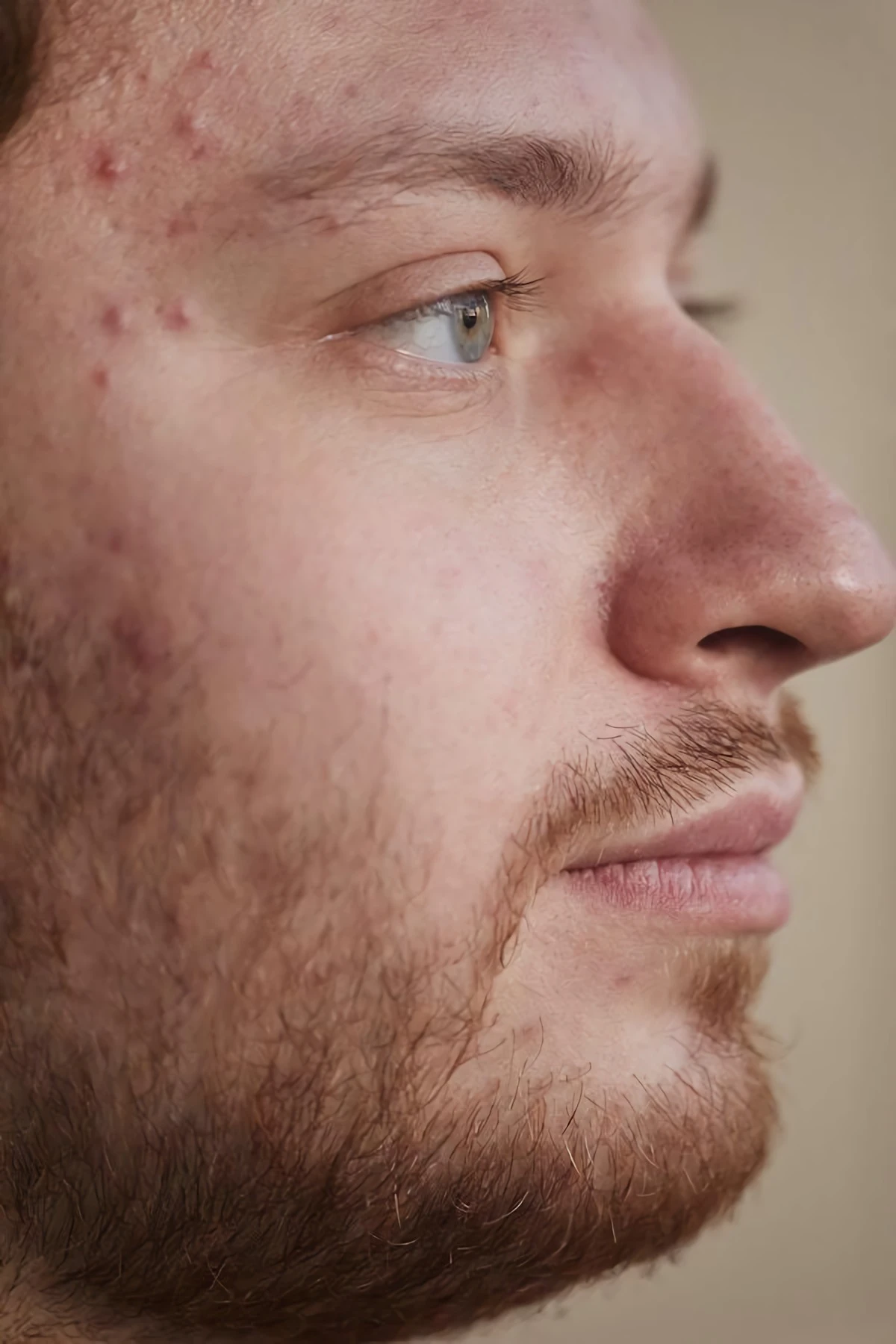
2. All-Over Body Inflammation
At its heart, acne is an inflammatory condition. That red, angry bump is your immune system trying to fight something off. While some of that is localized, your diet can put your entire body in a low-grade state of inflammation. Think of it like turning up the
Inspiration:
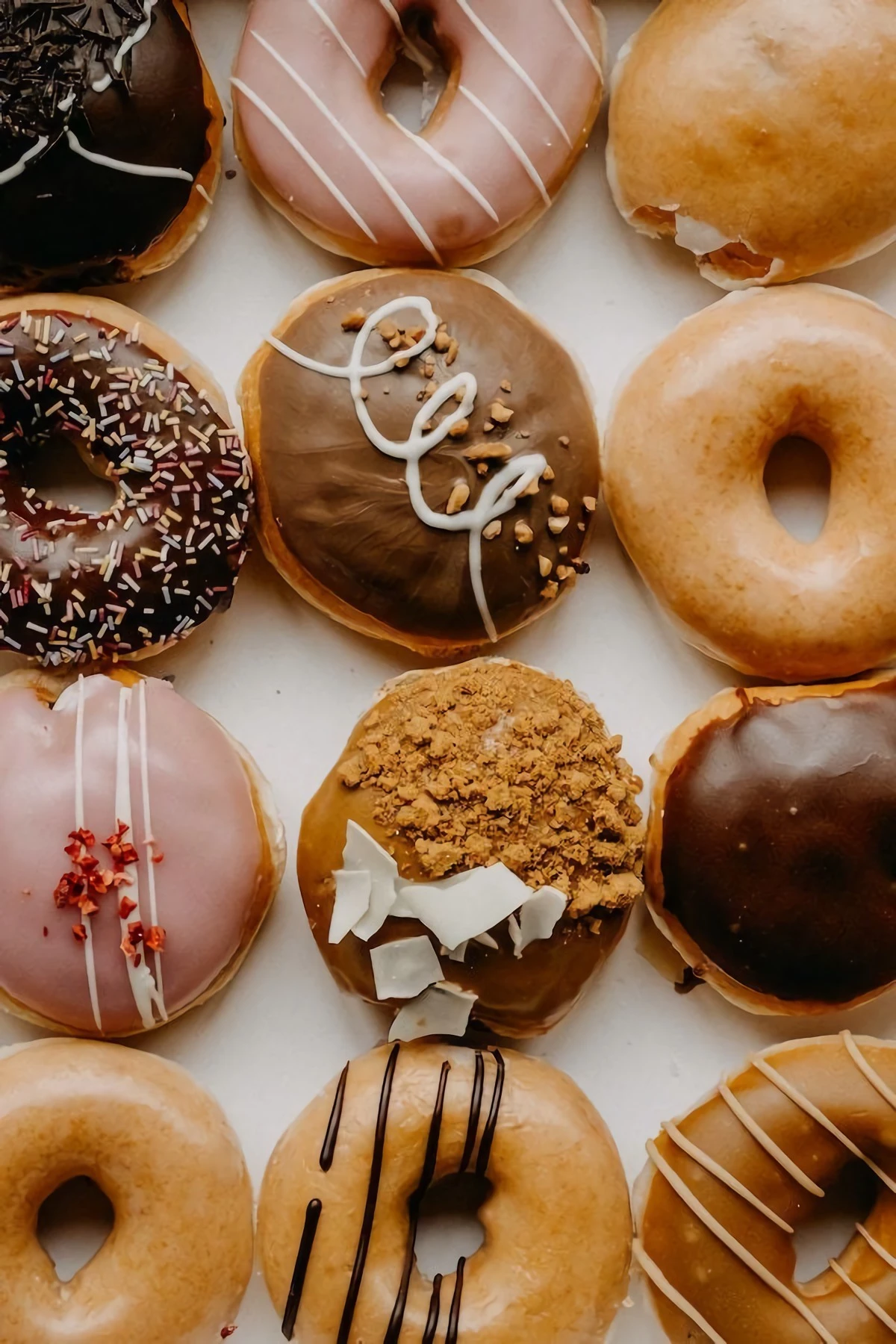
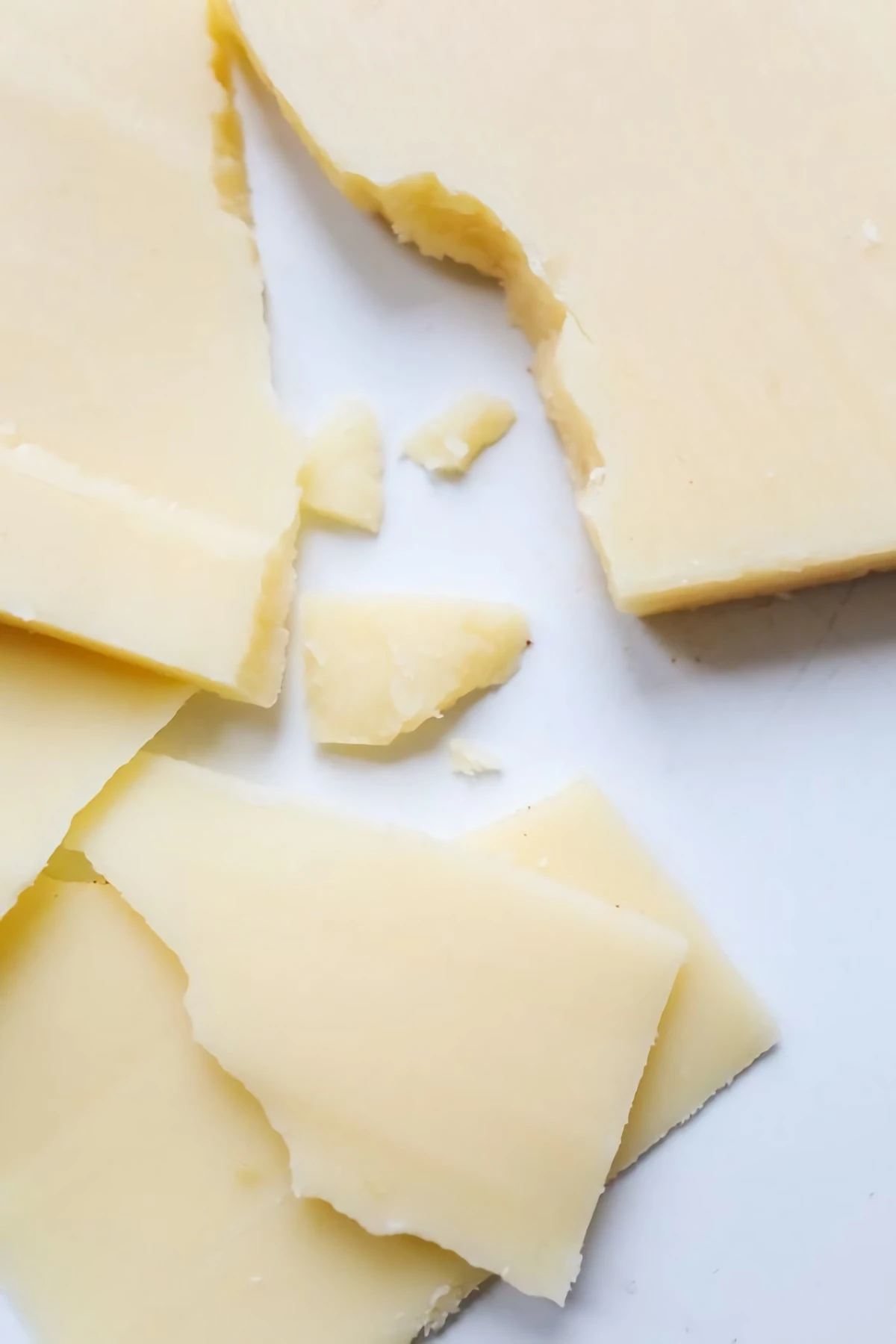
Nearly 70% of our immune system resides in our gut.
This surprising fact is at the heart of the ‘gut-skin axis’ theory. Think of your gut as a gatekeeper. When the balance of good and bad bacteria is off (due to stress, antibiotics, or a diet low in fiber), the gate can become ‘leaky,’ allowing inflammatory particles into your bloodstream. The body’s response? Inflammation, which can show up anywhere—including as red, angry pimples on your face. Supporting your gut with fermented foods like kefir, kimchi, or a quality probiotic supplement can be a foundational step for clearer skin.
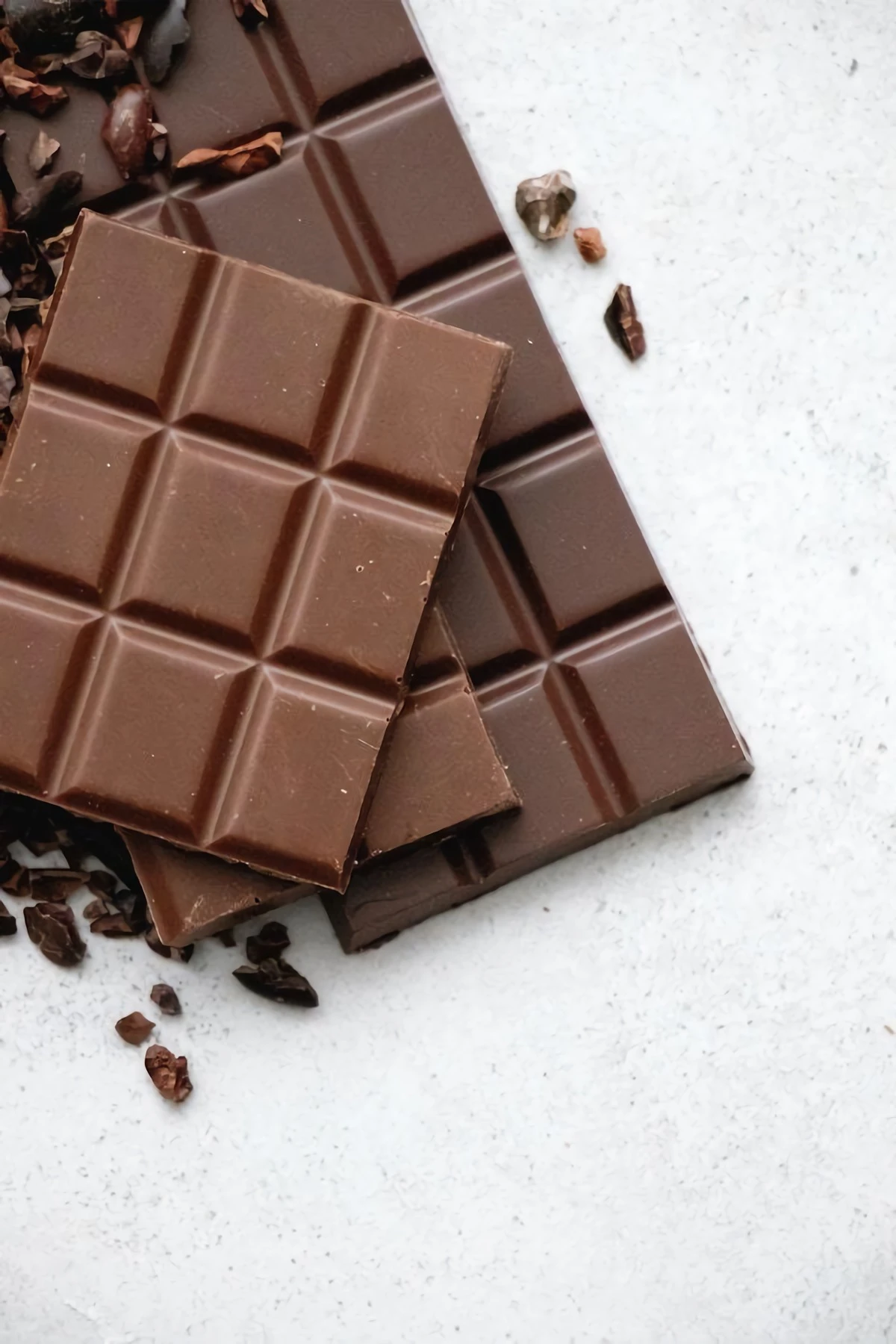
I’ve cut out the obvious junk food, so why am I still getting breakouts?
It’s a frustratingly common question. The answer often lies in ‘health halos’ and hidden triggers. That daily smoothie might be packed with high-sugar fruits like mango and banana, causing the same blood sugar spike as a candy bar. Are you using whey protein powder in your post-workout shake? For many, it’s a major acne trigger due to its influence on hormones. Even some seemingly innocent condiments like ketchup or salad dressings can be loaded with sugar. It’s about looking beyond the obvious and checking the labels on everything.
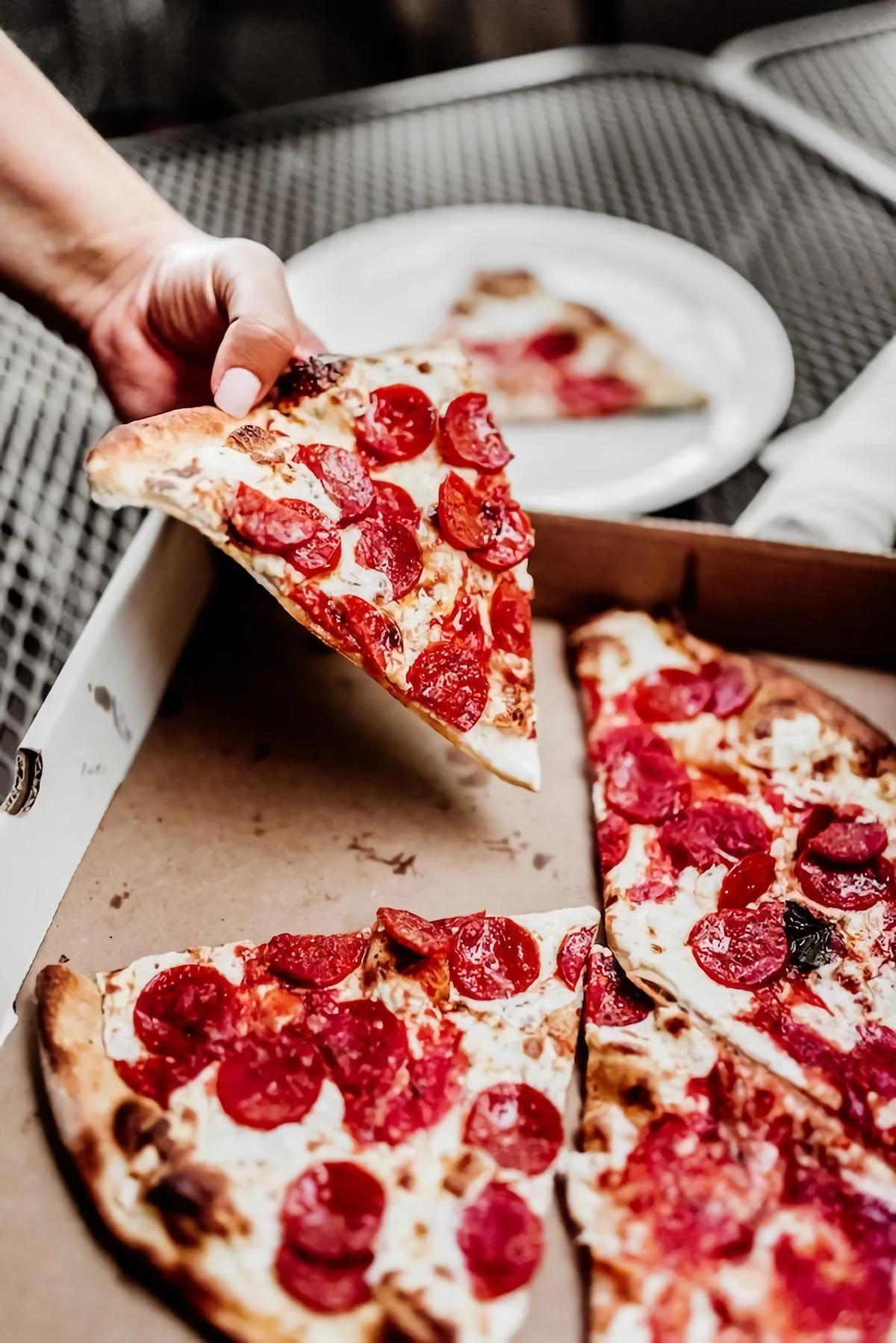
Cow’s Milk: Contains natural growth hormones, including IGF-1, which can stimulate oil production and skin cell overgrowth—two key factors in acne formation. Skim milk is often found to be the most problematic.
Oat Milk: A popular creamy alternative, but be mindful of the brand. Many contain added sugars and oils to improve taste and texture. Look for unsweetened versions with minimal ingredients, like those from Elmhurst or MALK, as oat milk itself can have a higher glycemic impact than other nut milks.
For acne-prone skin, unsweetened almond or macadamia nut milk is often the safest bet due to its lower sugar and hormonal profile.
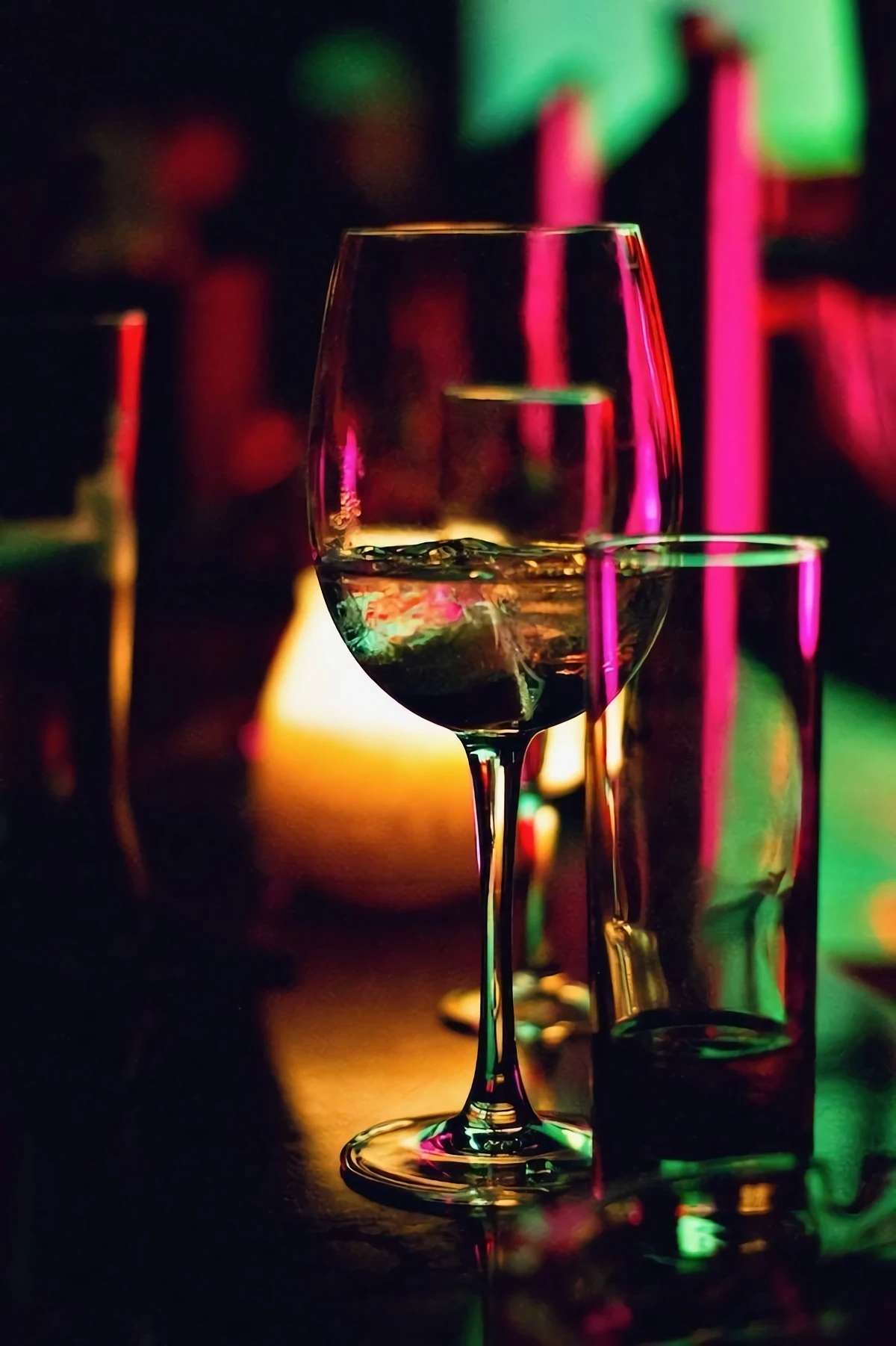
- Calms down angry, red inflammation.
- Delivers a potent dose of skin-protecting antioxidants.
- Supports a healthy gut environment.
The secret? A daily golden milk latte. Gently warm a cup of unsweetened almond milk and whisk in 1/2 teaspoon of turmeric, 1/4 teaspoon of cinnamon, a pinch of ginger, and a crack of black pepper (which helps your body absorb the turmeric). It’s a comforting ritual that fights breakouts from the inside out.
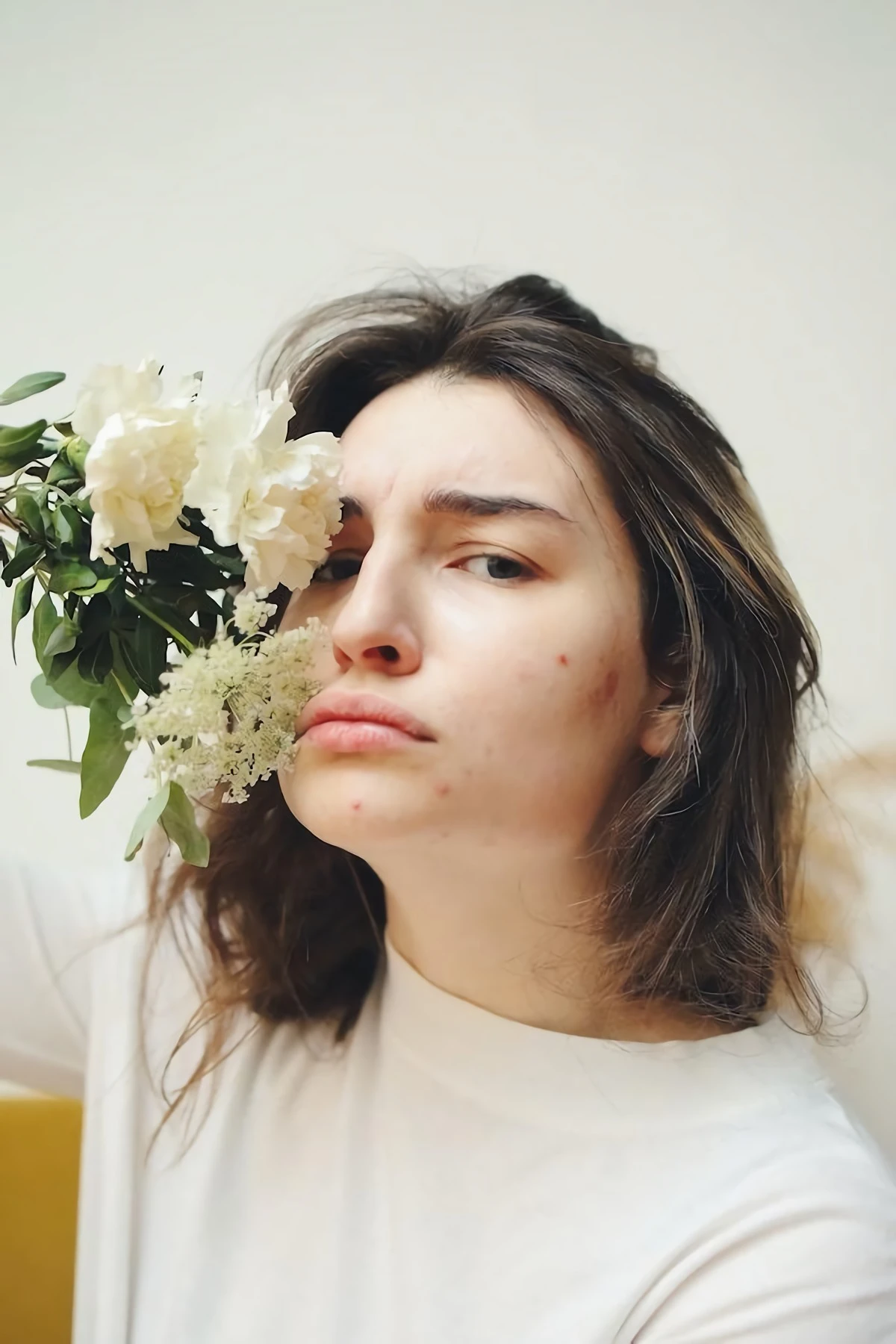
Eating for your skin doesn’t have to be expensive. It’s about smart, simple swaps:
- Instead of sugary cereal, try a bowl of oatmeal with berries and seeds.
- Swap your milk chocolate bar for a single square of high-cacao (70% or more) dark chocolate, like a piece of Lindt Excellence 85%.
- Ditch the canola or vegetable oil for cooking and use anti-inflammatory olive or avocado oil instead.
- Replace sugary sodas with sparkling water infused with fresh lemon, mint, and cucumber.
The single most powerful tool: A food and symptom journal. For 3-4 weeks, jot down everything you eat and note any new blemishes that appear, paying attention to the 24-48 hour window after a meal. This isn’t about calorie counting; it’s about pattern recognition to find *your* unique triggers.










